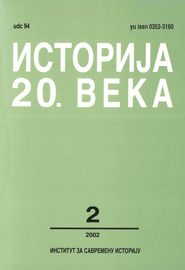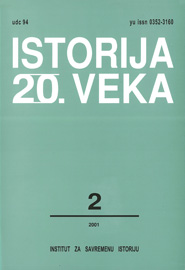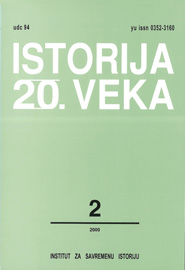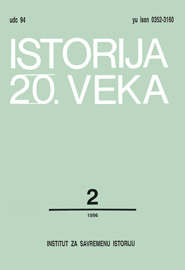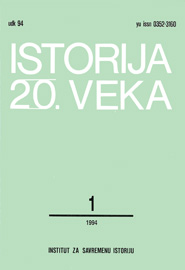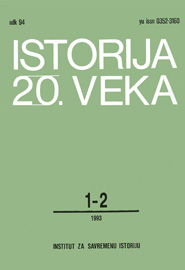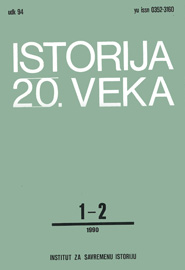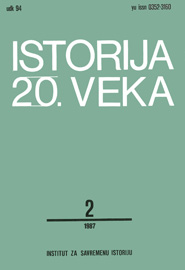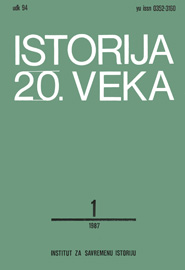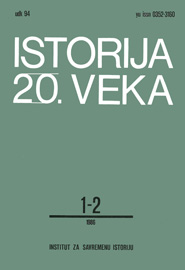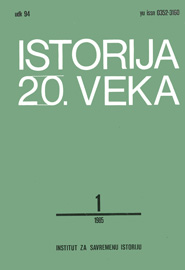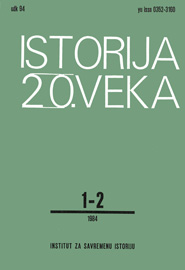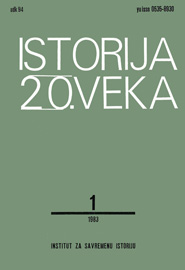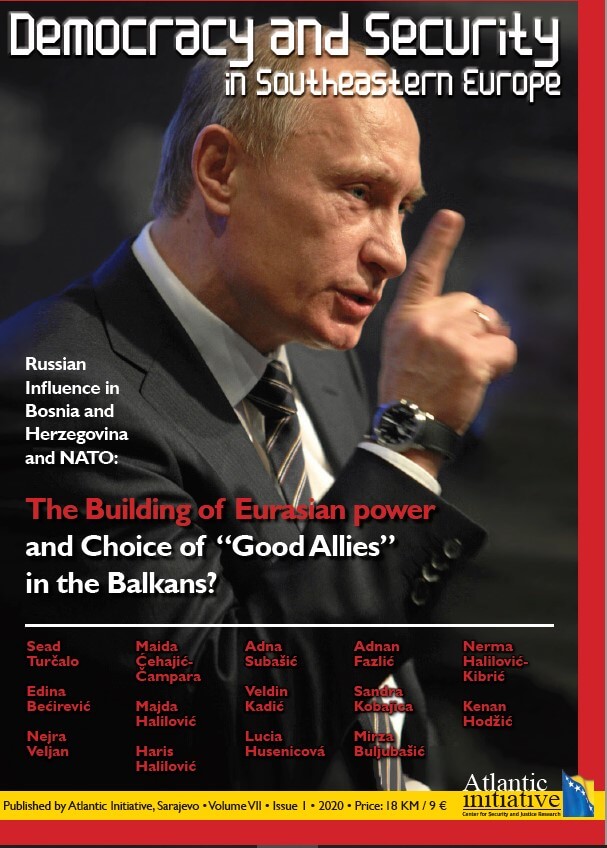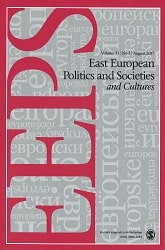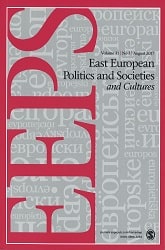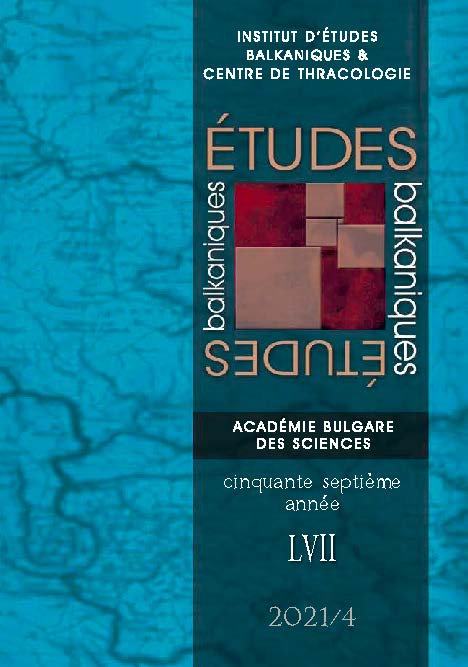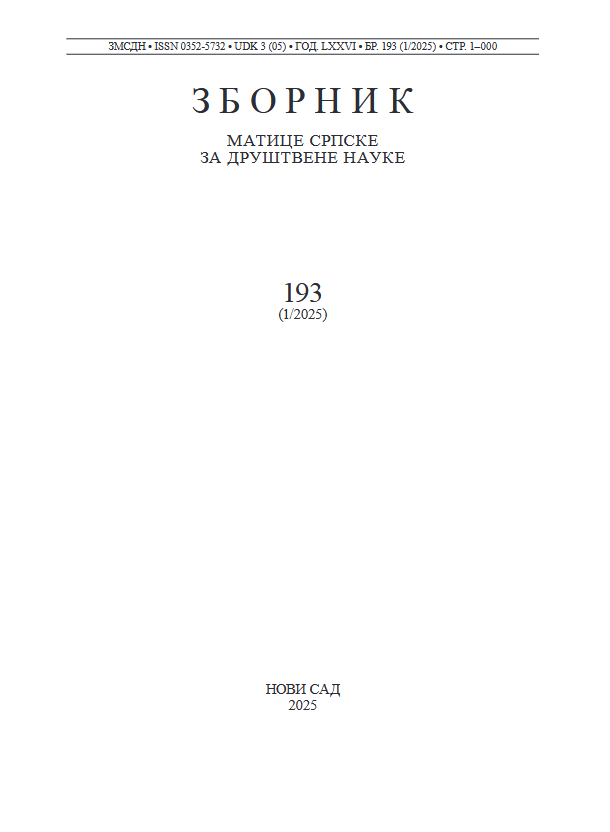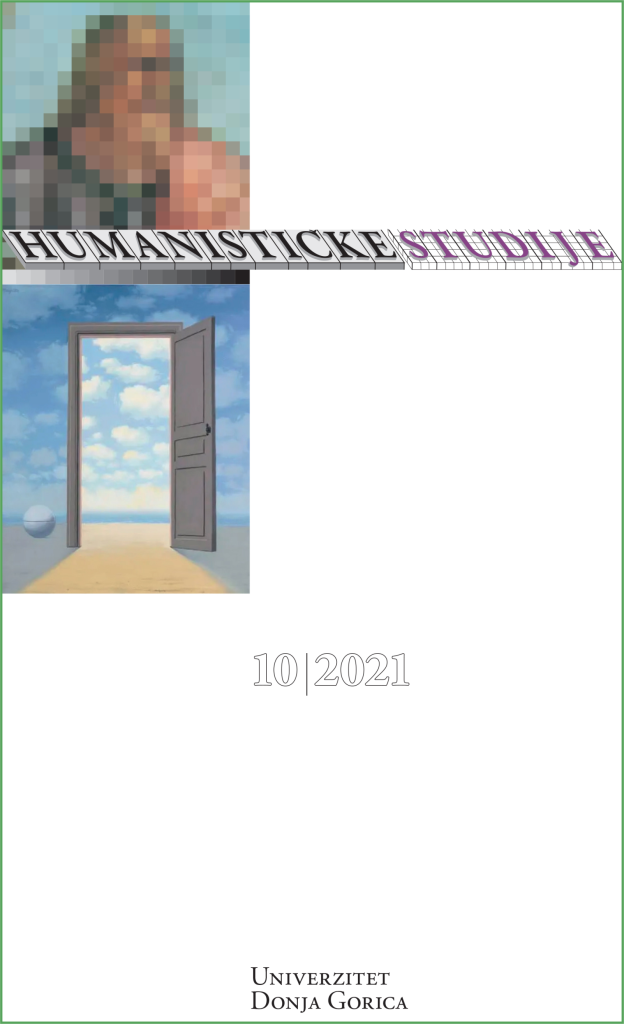
REPUBLIKA Godina VI (1994), Broj 91
Nebojša Popov, Larma i muk Konstantin Obradović, Kriza je okončana — šta dalje? Ljubiša Rajić, Sto godina Boutros Boutros-Ghali , Međunarodno pravo — iluzije i stvarnost Obrazovni nivo stanovništva i razvoj Dragoš Ivanović, Svi Miloševićevi blefovi Skupštine kao topli zec Vesna Pešić, Signali — nekada i sada Safet Bandžović, Medijska kampanja protiv Sandžaka Vlastimir Stevanović, Šticovanje straha Po ugledu na prošlost Ljudi važniji od para Ljubiša Rajić, Trag novca Rade Veljanovski, Organizovano i aktivno do cilja Šarena jaja i šarene laže Rade Veljanovski, Preživljavanje kao nepatriotski čin Jedinstvo i smrt Prvaci na žrtveniku Dušan Mojsin, Kad volem, volem... Programski dokumenti Maraton sa preponama Olivera Milosavljević, Kongres-izam Čudna asimetrija Slobodanka Jovanović, Pisac ratni plen Ekonomija nebeskog naroda Gabriela Pajević, "Privođenje" kulture "poslovniku" Mario Kopić, Postmoderna politika sredine Branko Milanović, Zašto sam počeo da pišem? Istvan Bibo, Hitlerizam i Versaj Slobodanka Milićević, Zajedno uprkos svemu Bogdan Bogdanović, Reviji "Danas", Povodom teksta pod naslovom "Nisam Srbin jer se stidim", objavljenog u tjedniku Danas, od 12. travnja 1994; str. 36-38 Akim Đilas, Nerealnost nacionalnih fanatika Mi® drag Stanisavljević, Kolaži laži
More...
